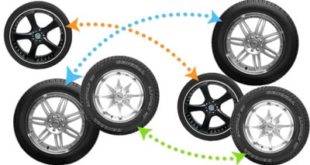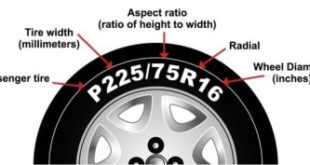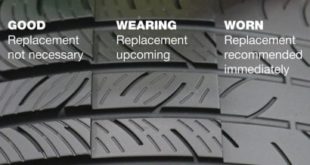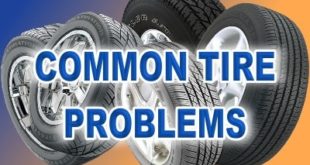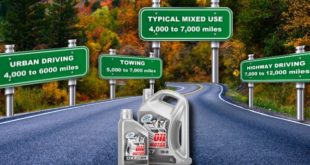Car tire maintenance is one of the most important safety aspects that every driver can responsibly, and easily, take care of in order to ensure ideal driving conditions. The effects that the actual tires themselves will have on a person’s driving is significant with stability, the grip on the road, power usage and steering all greatly affected by the condition of the car tires.
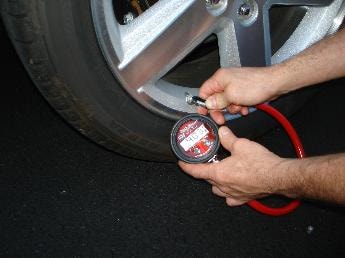 The first step of responsible tire maintenance is selecting the right car tire, to begin with, the main aspects to consider is the size, type, and cost. You can read tire reviews for Goodyear, Firestone, Bridgestone, Falken, Cooper, Michelin and other brands and find some useful coupons here. Yet considering that you may already have your car tires and simply need to maintain them, there are a number of simple and easy steps that will test the durability and safety level of a car tire and assess if it is road worthy or not.
The first step of responsible tire maintenance is selecting the right car tire, to begin with, the main aspects to consider is the size, type, and cost. You can read tire reviews for Goodyear, Firestone, Bridgestone, Falken, Cooper, Michelin and other brands and find some useful coupons here. Yet considering that you may already have your car tires and simply need to maintain them, there are a number of simple and easy steps that will test the durability and safety level of a car tire and assess if it is road worthy or not.
Perhaps the easiest indicator of the quality of a tire is to look at its tread to see if it is balding in any spots. Basically, you will want to see if there are any significant wearing patches on the tires surface groves. This is indicative of how the tire is hitting the road surfaces, so if it is uneven then either the wheel alignment may be out or the air pressure is off. Of course, it should be noted that the tread will inevitably wear down, but you will want to be aware of it wearing down unevenly or too much, which is when a tire needs to be replaced or rotated diagonally.
As just referred to, there is also the maintenance of air pressure that will extend the life of the average car tire but helping it to resist the pressures of the road while keeping driving stable and steering well aligned. Checking air pressure is simple with every petrol station equipped with air pressure hoses to refill sagging tires. You can look at a tire and will be able to tell if it requires more air as it will have a sagging and flat appearance, probably resulting in your driving feeling labored or slow with more engine power required to propel the car on flat tires.
Other Checks
- Tire cambering – this relates to where the tires are set in relation to one another, with the ideal tire positioning being positive camber where the wheels are set further apart at the top than at the bottom. This reduces wear on the steering, provided the chamber is kept equal on both wheels.
- Wheel alignment – which is a steering wheel’s tendency to return to dead center after the driver turns a corner, therefore impacting on the tread of a tire
- Tire rim assembly – this is a need for balancing of the tire-rim assembly so there is minimal vibrations and similar
Car Tire Maintenance Tips Checklist:
- Check the tread for balding or uniformity of tread pattern in all the tires
- Air pressure is at the prescribed level as outlined in the owner’s manual. Having too high or too low air pressure will significantly impact on driving stability and the durability of the tires. Always remember that tire pressure needs to be checked when they are cool and not expanded from the heat of driving
- Having regular checkups of the wheel alignment
- Rotate the tires diagonally every 5000 km to reduce excessive tread wear
- Get new inner tubing when you get a new tire
- Check the tires often for any materials caught in the tread groves such as rocks or glass, also clean the rim and hubcaps for any objects or materials
- Avoid heavy breaking or speeding as this will significantly reduce the life of a tire
Car tire maintenance is one of the easiest parts of responsible car ownership while also having some of the biggest impacts on the quality of driving a vehicle. Proper car tire maintenance can mean the difference between safe, stable driving and skidding and inefficient fuel usage with these listed simple steps making all the difference to the life of a car tire.
 Car Service Land Coupons for Oil change, Tires, Wheel alignment, Brakes, Maintenance
Car Service Land Coupons for Oil change, Tires, Wheel alignment, Brakes, Maintenance
